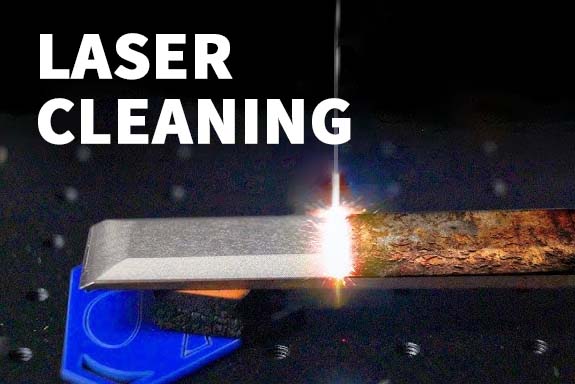Introduction to Resistor Types
In the world of electronics, trimmable resistors play a critical role in circuit design, allowing for precise adjustments to resistance values. These resistors come in various forms, including thin film resistors and thick film resistors, each with distinct properties and applications. Understanding the differences between these types can help engineers make informed decisions when designing circuits.
Thin Film Resistors: Precision and Performance
Thin film resistors are known for their high precision and stability, making them ideal for applications where accuracy is paramount. These resistors are constructed by depositing a thin layer of resistive material on a substrate, allowing for fine control over their resistance values. Their low noise and excellent thermal performance make thin film resistors a preferred choice in high-frequency applications.
Thick Film Resistors: Robustness and Versatility
On the other hand, thick film resistors offer robustness and versatility, typically used in applications requiring higher power handling. These resistors are made by printing a thicker layer of resistive material onto a ceramic substrate. While they may not offer the same level of precision as thin film resistors, their cost-effectiveness and reliability make them suitable for a wide range of applications, including consumer electronics and automotive systems.
The Role of Laser Trimming in Resistor Production
Laser trim resistors are an innovative solution in the resistor manufacturing process. This technology allows for precise adjustment of resistance values after the resistors have been produced. By using a trim laser to cut or ablate material from the resistor, manufacturers can fine-tune resistance values with exceptional accuracy. This capability is particularly beneficial in high-volume production environments where uniformity and precision are critical.

Design Trimmers: Enhancing Circuit Performance
Design trimmers are used in conjunction with trimmable resistors to optimize circuit performance. These components allow engineers to make small adjustments to resistance values, ensuring that circuits operate within their specified parameters. Incorporating design trimmers can significantly enhance the overall functionality and reliability of electronic devices.
The Process of Trimming Film Resistors
The process of trimming film resistors typically involves the use of laser technology to achieve the desired resistance values. By carefully controlling the amount of material removed during the trimming process, manufacturers can produce resistors with tight tolerance levels. This precision is essential for applications where even minor deviations in resistance can lead to performance issues.
Conclusion: The Future of Resistor Technology
As technology advances, the demand for high-precision components like trimmable resistors will continue to grow. Innovations in laser trimming and resistor design will enable manufacturers to produce more efficient and reliable electronic devices. Understanding the different types of resistors and their applications will empower engineers to make better design choices, ensuring optimal circuit performance in an ever-evolving landscape.
由用户投稿整理稿件发布,不代表本站观点及观点,进行交流学习之用,如涉及版权等问题,请随时联系我们(yangmei@bjjcz.com),我们将在第一时间给予处理。







